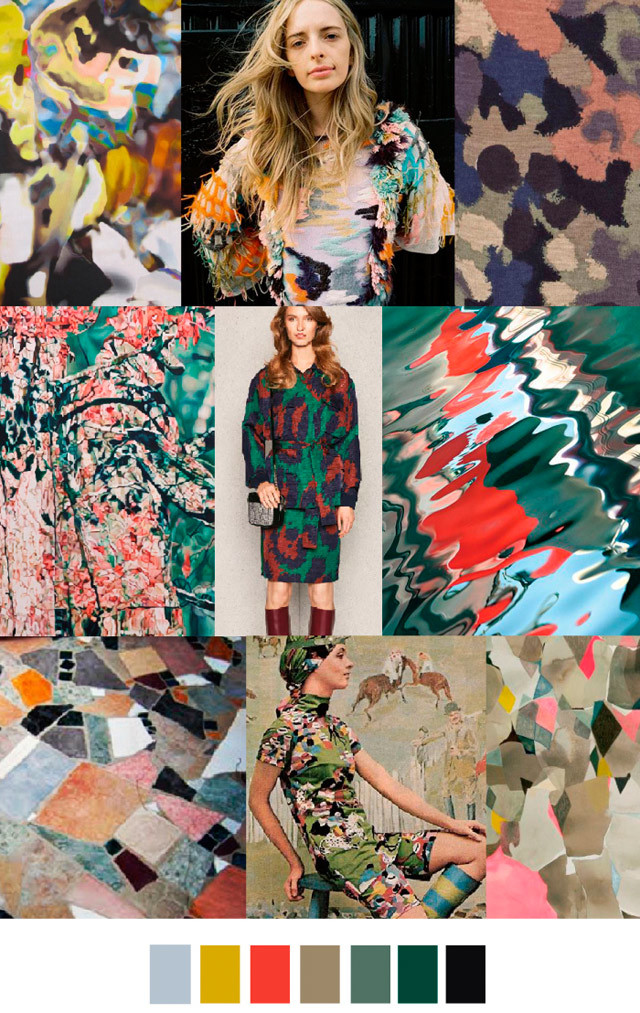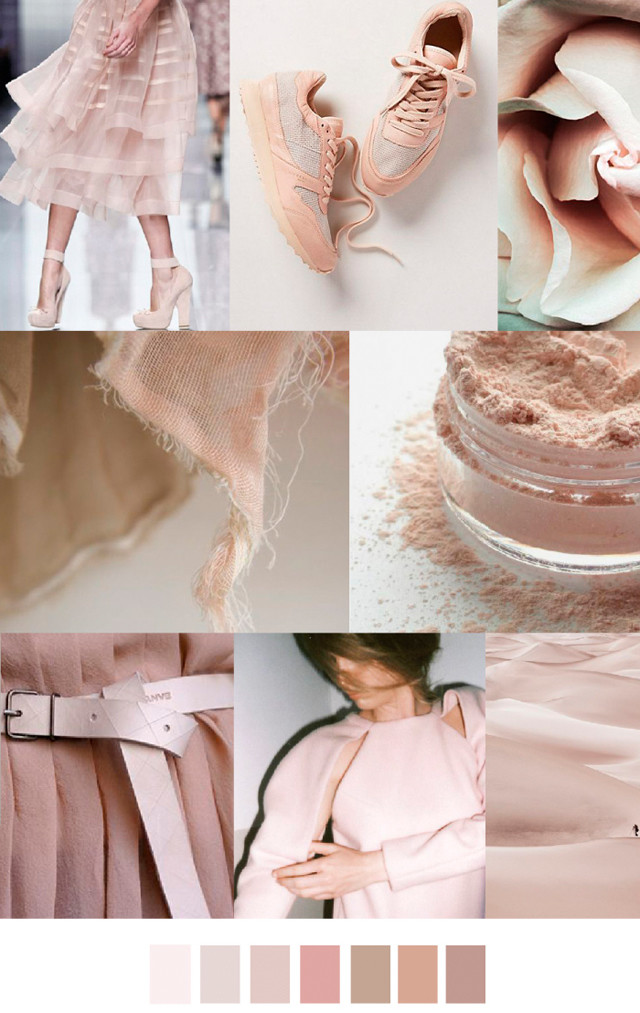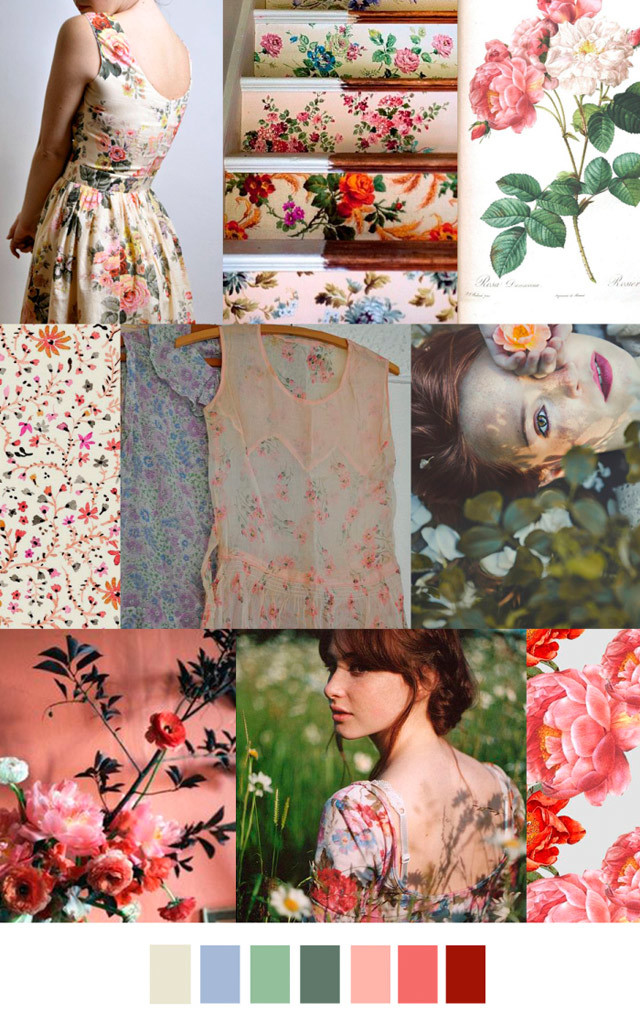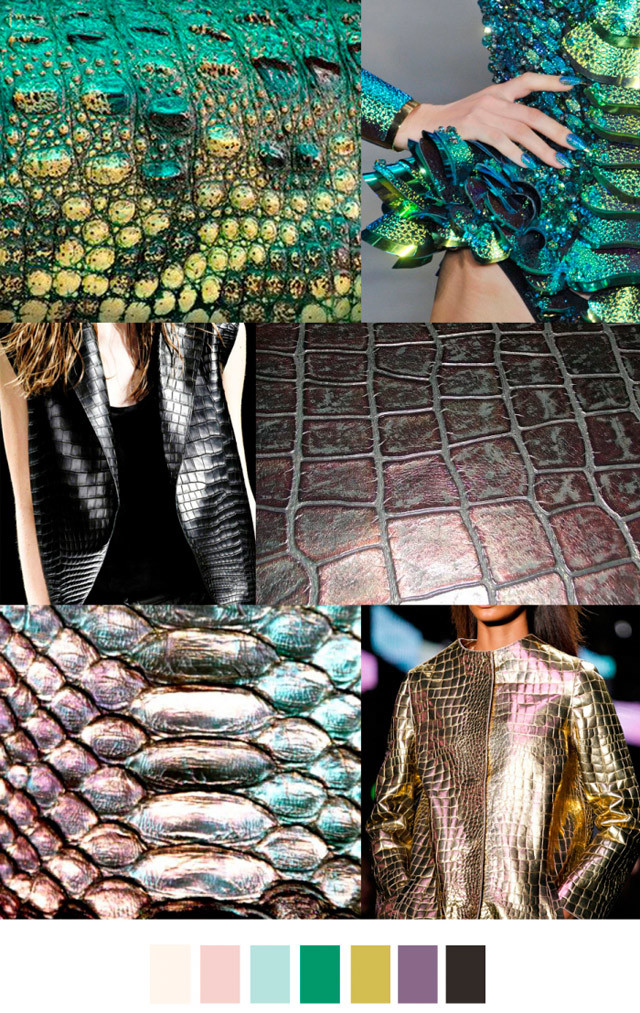A trend journal is a source of information about the most important and new trends that will be shaping the future.
Trend Predictions for SS/17-18




What information is in a trend journal?
A trend journal includes:
* Colour palette
*Fabric Swatches
*Inspiration images
*Title
*Written information
*Designer information
*Theme images
*Prints and patterns
*Textures
Trend Companies?
WGSN
Trendstop.com
Pattern to plan
Promostyl.com
Fashion Trendsetter
Lookbook.nu
Edelkort.com
Fashionising.com
Fashion capital
A day in the life of a trend predictor.
Typical Duties:
Use of subscription based services to help predict trends
Research cultural, economic, world trade and celebrity style trends
Use creativity to come up with new ideas
Maintain and expand relationships with contacts in the industry
Keep track of competition if working in a fashion house
Present research to the designer
Provide operational and creative support to designers
Skills and Interests:
- Show a keen interest in past and current fashion trends
- Have a thorough knowledge of the fashion industry
- Have good networking and communicational skills
- Be imaginative and creative
- Have the right I.T skills
- Be willing to do extensive research
Salary:
Trend forecasters are paid by companies, clients, designers. Anyone who they work for will pay them for doing the vital part of researching for a trend.
Trend forecasters are paid by companies, clients, designers. Anyone who they work for will pay them for doing the vital part of researching for a trend.








